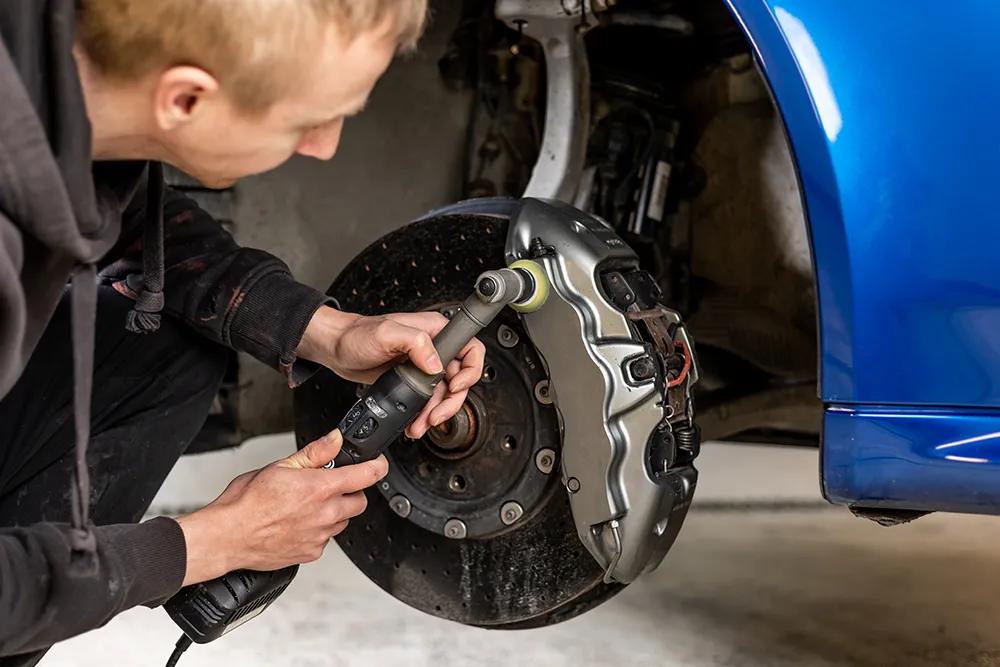As we transition from the cold winter months to the warmer spring and summer seasons, it’s essential to ensure that your vehicle’s brakes are in top condition. Proper brake maintenance is crucial for your safety and the safety of others on the road. Here are some tips on how to get your brakes ready for spring and summer driving:
1. Check the Brake Pads
- Inspect the thickness of your brake pads. If they are less than a quarter of an inch thick, it’s time to replace them.
- Look out for any signs of wear, such as uneven wear patterns or grooves on the pads.
- Replace the brake pads if you notice any squeaking or grinding noises when you apply the brakes.
2. Examine the Brake Fluid
- Check the brake fluid level in the reservoir.
- Ensure that the brake fluid is clear and free of any debris.
- If the brake fluid is dark or murky, it’s time to flush and replace it.
3. Test the Brake Lights
- Have someone assist you in checking all the brake lights, including the high-mounted brake light.
- Replace any bulbs that are burnt out or dim.
- Properly functioning brake lights are essential for signaling your intentions to other drivers on the road.
4. Inspect the Brake Rotors
- Check the brake rotors for any signs of warping or scoring.
- Warped or scored rotors can lead to vibration or pulsation when braking.
- Consider having the rotors resurfaced or replaced if necessary.
5. Be Mindful of Brake Fading
- Be aware of any signs of brake fading, such as a soft brake pedal or decreased braking responsiveness.
- Brake fading can be caused by overheating due to prolonged or aggressive braking.
- If you experience brake fading, have your brakes inspected by a professional immediately.
6. Schedule Regular Brake Inspections
- Schedule regular brake inspections with a certified mechanic.
- Professional inspections can help identify potential brake issues before they escalate.
- Regular maintenance can prolong the lifespan of your brakes and keep you safe on the road.
7. Practice Safe Driving Habits
- Avoid aggressive driving behaviors, such as sudden braking or tailgating.
- Maintain a safe following distance to allow for ample braking time.
- Safe driving habits can help reduce wear and tear on your brakes and improve overall vehicle safety.
By following these tips and maintaining your vehicle’s brakes, you can enjoy a safe and worry-free driving experience during the spring and summer months. Remember, your brakes play a crucial role in your vehicle’s performance, so don’t overlook the importance of proper maintenance.
Final Thoughts
Ensuring that your brakes are in optimal condition is an essential part of vehicle maintenance. By taking the time to inspect and maintain your brakes regularly, you can drive with confidence knowing that your vehicle is equipped to handle the demands of spring and summer driving. Safety should always be a top priority when it comes to vehicle maintenance, and your brakes are a critical component in keeping you and others safe on the road.

